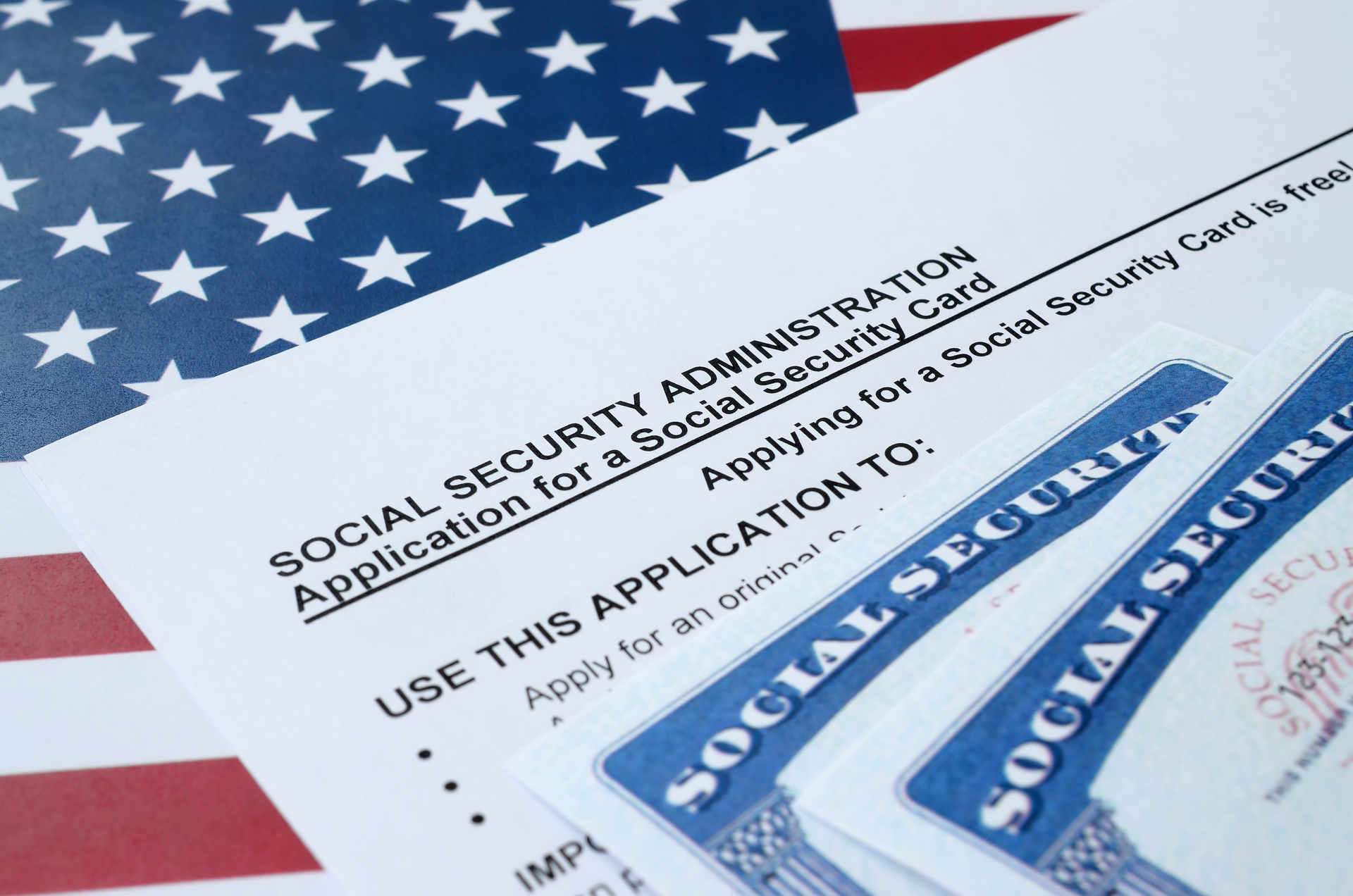
Moving to Canada: The Smartest Move You’ll Ever Make (If You Do It Right)
Let’s be honest — more Americans are looking north than ever. And for good reason.
Canada offers stability, safety, universal healthcare, and the kind of calm you forgot existed. You can still speak English, still get your Starbucks, and still stream Netflix — but with better maternity leave, cleaner cities, and far less chaos.
If you’re a U.S. citizen considering the move, here’s the truth: it’s a very good idea. You just need to understand how cross-border taxes work so your dream life doesn’t come with IRS surprises.
The Big Picture: Two Systems, One Smart Strategy
When you move to Canada, you’re stepping into a country that actually works — organized healthcare, transparent taxes, and a government that expects you to enjoy time off.
But one thing doesn’t change: your U.S. tax obligations.
The U.S. is one of the only countries that taxes citizens no matter where they live. That means you’ll file both a U.S. tax return (Form 1040) and a Canadian return (T1) every year. Sounds scary, right? It’s not — because of the U.S.–Canada Tax Treaty.
Here’s the win:
- You pay income tax to Canada, where you actually live and work.
- Then you use Foreign Tax Credits (Form 1116) to offset that same income on your U.S. return.
Result? You file twice but pay once. The system is designed so honest expats don’t get double-taxed.
Why Moving to Canada Makes Financial Sense
1. Strong Currency, Predictable Taxes
You earn in Canadian dollars, pay slightly higher income taxes, and in return you get actual public services. Roads get fixed. Schools have funding. Healthcare is there when you need it. And you’ll never see a surprise five-figure hospital bill.
2. RRSPs That Play Nicely With the IRS
Canada’s Registered Retirement Savings Plan (RRSP) is like a 401(k) that the IRS actually respects. Thanks to the treaty, your RRSP earnings grow tax-deferred in both countries — no double tax hit later.
It’s a seamless system that lets you keep saving while living abroad.
3. No Private Health Insurance Chaos
Once you qualify for provincial healthcare (usually after a short waiting period), doctor visits and hospital care are covered. That peace of mind is worth more than most tax deductions.
Don’t Fear the Paperwork — Master It
Moving to Canada isn’t about escaping taxes — it’s about simplifying your life while staying compliant.
Here’s the checklist that keeps you in the clear:
- File a Canadian return (T1) to report Canadian income.
- File your U.S. return (Form 1040) each year, no matter where you live.
- Use Form 1116 to claim foreign tax credits.
- Report foreign accounts if their total tops $10,000 (that’s your FBAR).
- Report foreign investments over the FATCA threshold (Form 8938).
- Formally cut U.S. state ties. Update your driver’s license, voter registration, and mailing address so you’re not chased by California or New York.
Once you’ve set up this system once, it’s rinse and repeat every year. Most expats automate it with a cross-border CPA or software that handles both countries.
Common Myths — and the Real Story
Myth #1: “I’ll get double-taxed.”
False. The U.S.–Canada tax treaty prevents that. You may owe small differences, but not double.
Myth #2: “The IRS won’t care if I skip filing.”
They will. And the penalties for missing FBAR or FATCA forms are steep — think thousands, not hundreds.
Myth #3: “My retirement accounts will get messy.”
Nope. RRSPs and 401(k)s can coexist peacefully under the treaty. You just have to report them properly.
What You Get in Return
You’re not moving for loopholes — you’re moving for quality of life.
- Healthcare you can actually use.
- Paid parental leave measured in months, not weeks.
- Public safety that feels normal again.
- Cities built for people, not parking lots.
For families, it’s stability. For freelancers and professionals, it’s focus. For anyone burned out on American work culture, it’s a reset button with maple syrup and better coffee.
Real Talk: The Cross-Border Sweet Spot
The smartest expats I know take advantage of both systems. They:
- Keep a small U.S. investment account for diversification.
- Use Canadian tax credits and RRSPs to reduce their CRA bill.
- Stay current with the IRS so they can move freely back and forth.
You can work remotely for U.S. clients, bank in both currencies, and retire with dual benefits. Done right, it’s a financial win on both sides of the border.
Why “Later” Isn’t the Right Time
People always say, “Maybe next year.” But opportunities don’t wait for perfect timing. The cost of living gap between the U.S. and Canada is closing fast, and immigration programs are tightening as demand rises.
If you’re serious about a calmer, more balanced life — now’s the time. Nurses, healthcare workers, and remote professionals are in demand. Permanent residency pathways (Express Entry, PNPs) have never been clearer.
You’re not just moving countries — you’re future-proofing your life.
Bottom Line
Moving to Canada isn’t an escape. It’s an upgrade.
Yes, you’ll still file a U.S. return. Yes, there’s some extra paperwork. But what you get in return — universal healthcare, paid time off, financial stability, and a more grounded lifestyle — far outweighs the hassle.
Once you’ve got your cross-border tax setup handled, life gets simple. Your money works harder, your stress levels drop, and you remember what “quality of life” actually means.
Canada isn’t perfect, but it’s sane. And for most Americans right now, that’s reason enough.
So if you’ve been thinking about it, stop researching and start planning. The snow melts, the paperwork ends, and the peace of mind sticks around.
Stay Ahead of Tax Season
Join the EdgeLetter our monthly newsletter with quick tax tips, expat deadlines, and freelancer reminders.
.png)
.png)


























.png)